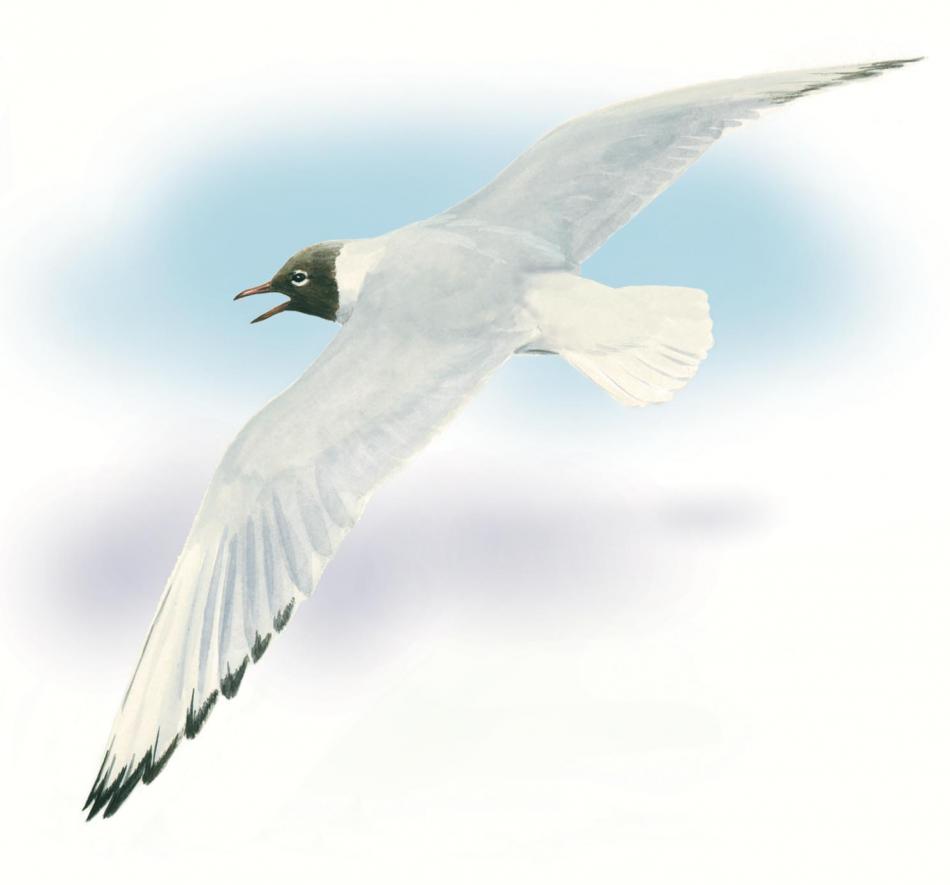Image

The black-headed gull is small and easily recognisable. In the winter they loose their black head but can still be recognisable by the black spot on both sides of the head behind the eye. Its scientific name means “laughing gull” because of how loud it is and the noise it makes at colonies. They are observed mainly close to the shore or inland.
| Average Length: | 36 cm |
| Average Weight: | 330 g Males, 250 g Females |
| Wingspan: | 105 cm |
| Diet: | Fish, insects, worms, berries, scavenger, offal |
| Est. population around Iceland: | ~ 25,000 – 30,000 pairs |
| Residence Period: | All year round |
| Nesting habitat: | Lakes, coastal, grassland, moors |
| Nesting Period: | Late April to Late June |
| Clutch size (No eggs): | 2-3 |
| Incubation time (days): | 23-26 |
| Fledging time: | 34-36 |
| Typical life span (years): | 11 |
| Age at first breeding (years): | 2 |
| IUCN world Status: | Least concern |
| Major Threats: | Predation, pollution, egg collecting, diseases, habitat destruction |
| Other Names: | Hettumáfur, Hættemåge, Naurulokki, Lachmöwe, Gabbiano commune, Smieszka (mewa smieszka), Gaviota reidora, Kokmeeuw, Mouette rieuse, Dankasirály, Hettemåke, Guincho-comum, Skrattmås |




